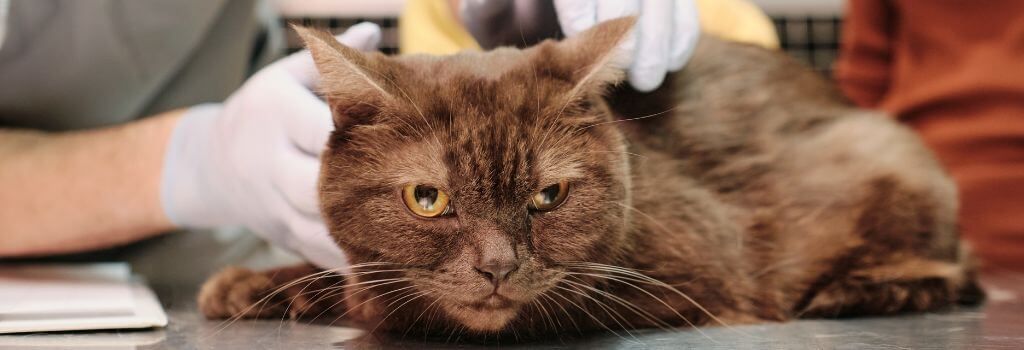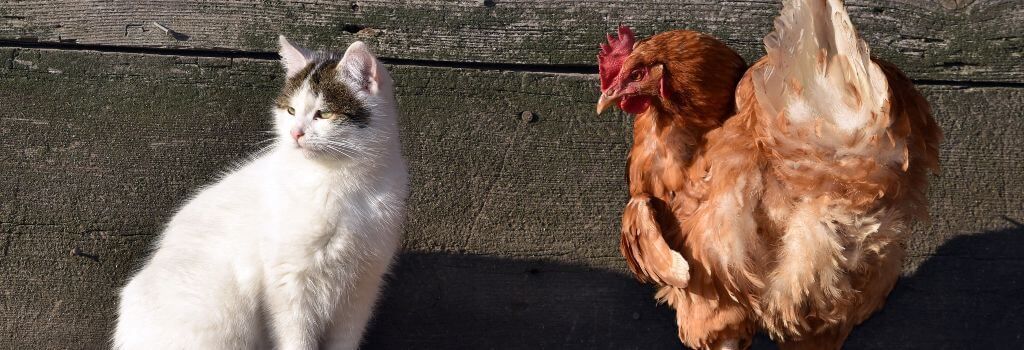Rainbow Bridge Remembrance Day: How to Prepare Your Kids for Losing a Precious Pet
gp.api • August 24, 2021
Recent Posts

By gp.api
•
April 14, 2025
As veterinarians, we often get asked about a common canine behavior : licking. Licking is a natural and normal behavior for dogs, allowing them to groom, investigate their surroundings, and even communicate with other people and pets. Whether it's a quick swipe of the tongue or a full-on facial bath, dogs lick for a variety of reasons – some you might not even expect.

By gp.api
•
April 14, 2025
Cats are true masters of disguise, fitting into the smallest spaces, concealing themselves in hard-to-find places, and even hiding their pain from their owners. It can be quite challenging to tell when your feline friend needs a bit of medical attention. This may explain why more than 90% of dog owners make sure to take their pups to the vet each year, while only around 40% of cat owners do the same .

By gp.api
•
February 5, 2025
When I think of acne, I’m instantly transported back to middle school me — awkwardly putting on way too much foundation in a shade that didn’t even slightly match my skin tone, all in a desperate attempt to conceal the unconcealable. The struggle was (let’s be honest, is) real!

By gp.api
•
January 22, 2025
Constipation might not be the most glamorous topic, but it’s a bigger deal for cats than you might think. While a little tummy turmoil here and there isn’t unusual, ongoing difficulty with bowel movements can lead to serious discomfort—or even a medical emergency for our felines.

By gp.api
•
January 22, 2025
Love, it turns out, isn’t a one-size-fits-all concept, even in the animal kingdom. As veterinarians, we have the privilege of witnessing the diverse and heartwarming ways animals express their affection. In honor of Valentine’s Day, we’re exploring the love languages of the animal kingdom and sharing some of the unique ways dogs and cats communicate their love and devotion. So, let’s journey into the delightful realms of tail wags, purrs, and everything in between.

By gp.api
•
January 15, 2025
Just like a lot of humans, pets thrive on structure, and a good, consistent routine is one of the simplest yet most impactful ways to support their overall health and well-being. A routine helps them feel safer in their environment, reduces feelings of stress and anxiety, and allows them to have their physical and emotional health needs taken care of in a predictable and consistent manner. Not to mention that it’s pretty cute for owners to see their dog or cat patiently waiting in front of their food bowl right at 5 o’clock waiting for dinner.

By gp.api
•
January 14, 2025
Bird flu, also known as avian influenza, has been making headlines due to its impact on wild birds, poultry, and even mammals. While it’s typically associated with birds, recent cases have raised concerns about its potential effects on our pets. Particularly cats. This evolving situation has left many pet owners wondering: Is my cat at risk?

By gp.api
•
December 18, 2024
Vaccines have saved more lives than any other medical advancement. However, there has been a recent pushback in human and animal vaccine acceptance – known as “vaccine hesitancy.” This term refers to the reluctance or refusal to vaccinate despite the availability of vaccines. In fact, according to research from Boston University , nearly “40% of respondents believed that canine vaccines are unsafe, more than 20% believed these vaccines are ineffective, and 30% considered them to be medically unnecessary.”


